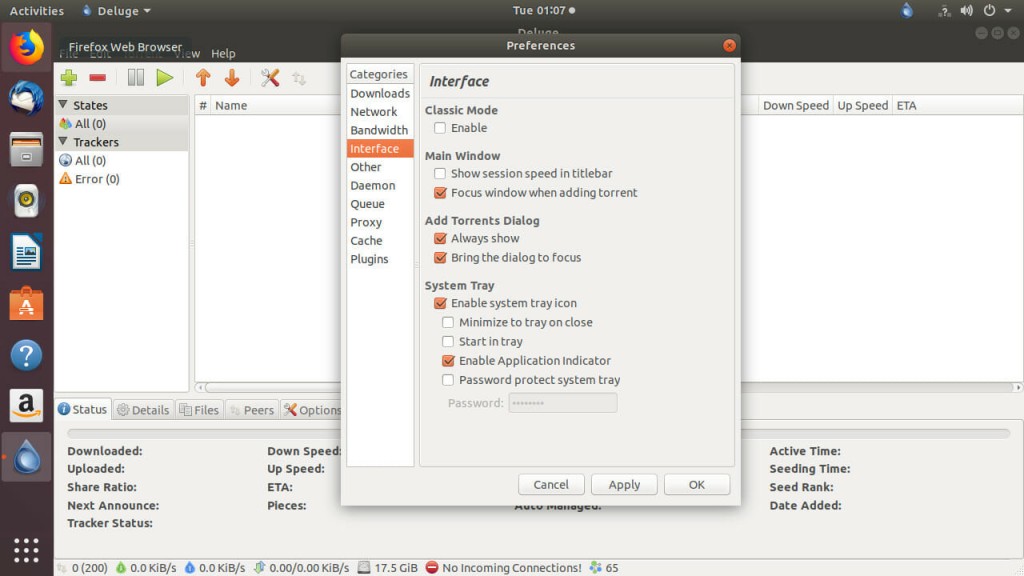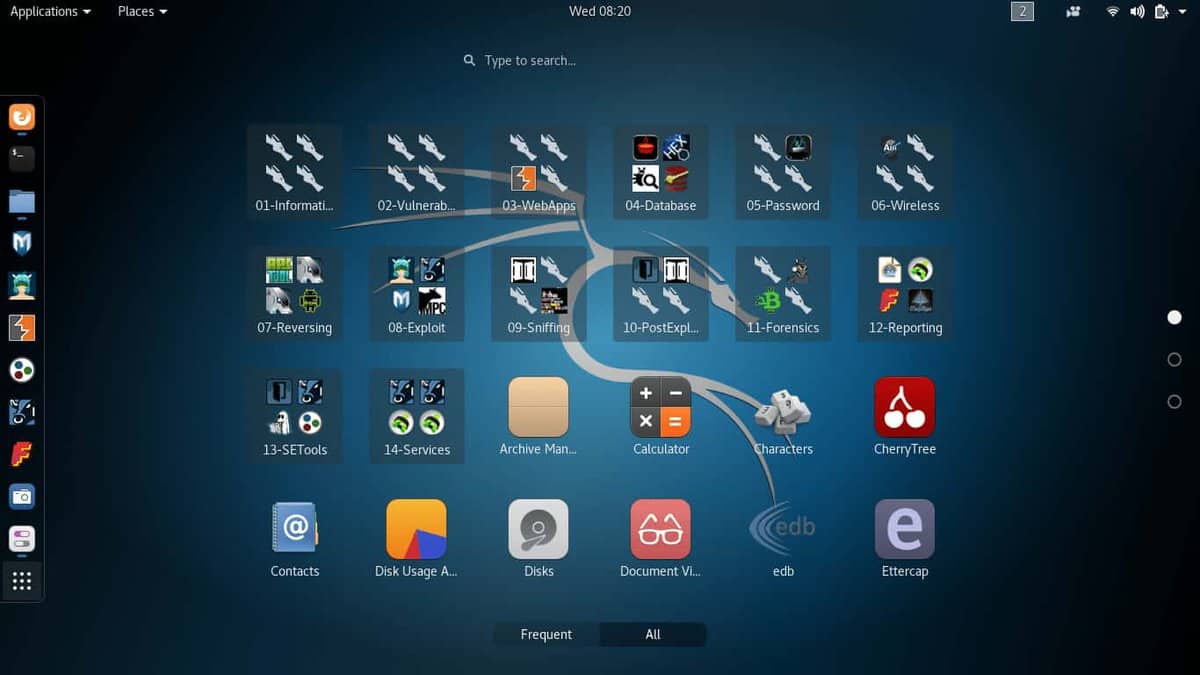

- #RASPBERRY PI DELUGE CLIENT PACKAGE HOW TO#
- #RASPBERRY PI DELUGE CLIENT PACKAGE INSTALL#
- #RASPBERRY PI DELUGE CLIENT PACKAGE DRIVER#
- #RASPBERRY PI DELUGE CLIENT PACKAGE UPGRADE#
Stop transmission from running so we can make some user, permission and settings changes.
#RASPBERRY PI DELUGE CLIENT PACKAGE INSTALL#
Tell the system to install the Transmission daemon with the “-y” flag to automatically say yes to the default configuration and all needed dependencies.
#RASPBERRY PI DELUGE CLIENT PACKAGE HOW TO#
To learn more about updating and upgrading Raspbian, including to the latest version of Raspbian, check out our post about how to Keep Raspbian Up-To-Date.
#RASPBERRY PI DELUGE CLIENT PACKAGE UPGRADE#
Tell the system to check for the newest available package versions and upgrade to them, while automatically confirming all user prompts. This helps to ensure we’re not running or installing any outdated software and that the system has the latest information about what new software packages are available, if we happen to need any. To start, as always, it’s good practice to make sure the system is completely up-to-date before we begin or install any new software. Transmission is a relatively feature-rich and lightweight BitTorrent client that is available across most operating systems, and in this particular setup, will run with very little overhead as a daemon. We will do this in a manner that keeps Transmission running as a separate system user. Let’s fire up Leafpad, Rasbian’s default text editor, and print a message:įifteen seconds or so later, the document came rolling out of the printer and dropped into the tray.Here we will show you how to install the Transmission BitTorrent client, run it as a background process and manage it through the provided web interface.

The real test, however, is actually printing something. It should default to the correct presets, but it never hurts to check:Īfter you click “Set Default Options”, you’ll be presented with the default administration page for the printer you just added to the CUPS system:Įverything looks good. The last configuration step is to look over some general print settings like what you want the default printer mode to be, the default paper source/size, etc. Alternatively, if you have a PPD file for the printer that you have downloaded from the manufacturer, you can load that with the “Choose File” button: Scroll until you see a model number that matches yours.
#RASPBERRY PI DELUGE CLIENT PACKAGE DRIVER#
Despite the fact that it automatically discovered the printer and the printer name, CUPS makes no attempt to pick the right driver for you.

I made “Share This Printer” checked, so it appears in every linux box on my network:Īfter editing the printer name and adding a location, you’ll be prompted to select the specific driver you want to use for your printer. Select the printer you wish to add to the system:Īfter selecting the printer, you’ll be offered an opportunity to edit the name, description, and location of the printer, as well as enable network sharing. Click “Log In”.Īfter logging in, you’ll be presented with a list of discovered printers (both local and networked). if you’re using a default Raspbian install, the login/password is “pi”/”raspberry”).

Go ahead and enter the username and password of the account you added to the “lpadmin” group earlier in the tutorial (e.g. You’ll be prompted to enter a username and password. If you receive a warning about the site’s security certificate, go ahead and click proceed anyway to ignore it. Within the Administration panel, click add printer. The section I am interested in is the “Administration” tab. When you first navigate to Pi’s IP or hostname]:631, you’ll see the default CUPS homepage.


 0 kommentar(er)
0 kommentar(er)
